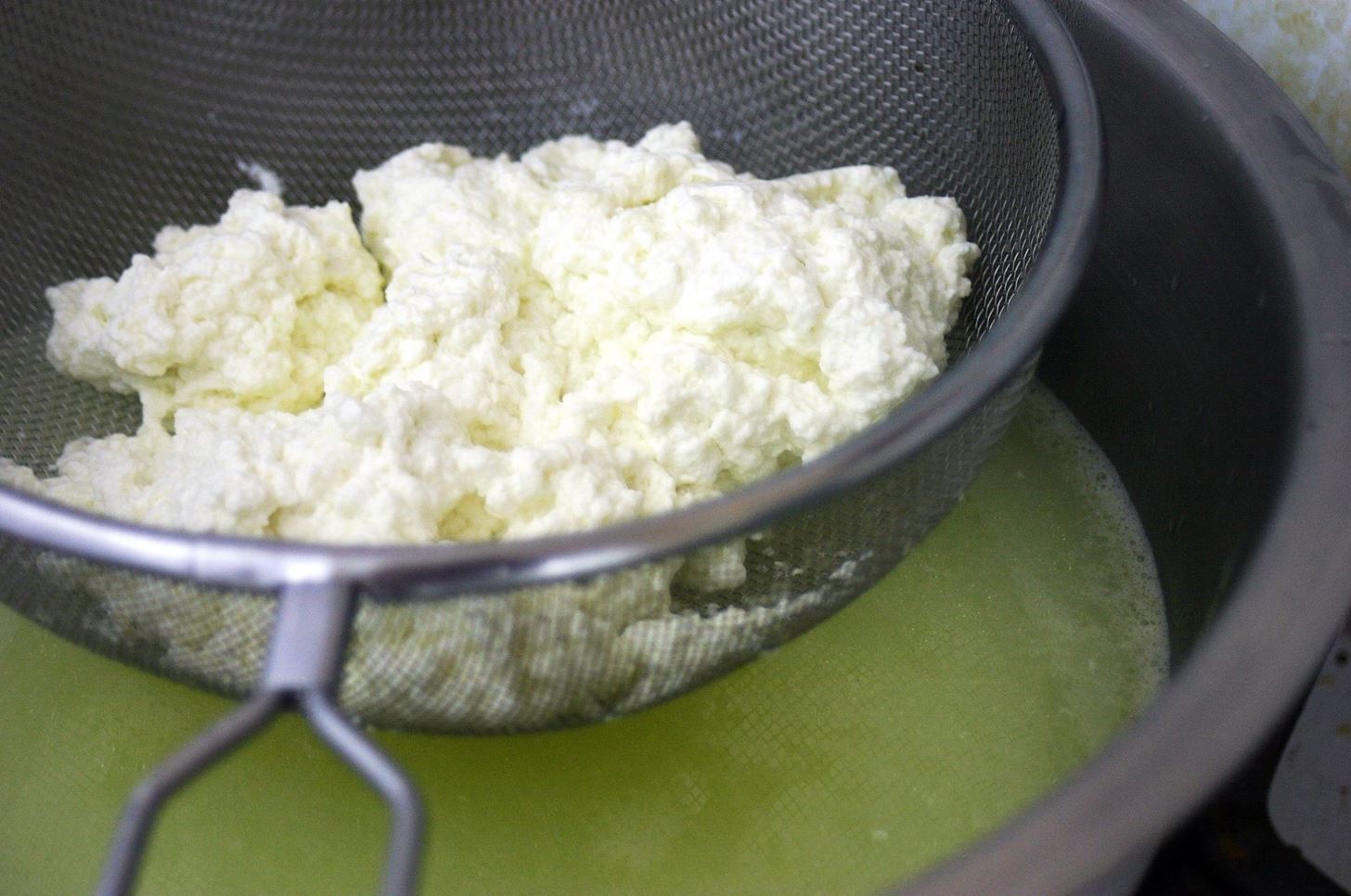


#4: Grass-fed Animals Produce More Acidic Milk Raw milk or pasteurized milk are the best choices for cheese making. This milk will not properly set desirable curds. The process this milk undergoes (to make it shelf stable long-term) denatures the milk to the point that it can not be used to make cheese. UP and UHT milk are exposed to extreme heat (191 degrees for 2 seconds) followed by a cold shock (below 40 degrees). Ultra-pasteurized (UP) or ULTRA-HIGH TEMPERATURE (UHT) milk: Milk that CAN NOT be used to make this (or any) cheese: Ultra High Pasteurized milk, almond milk, soy milk, cashew milk, or any other sort of man-made milk. #3: You can not Make Cheese with Some MilkĪlthough you can make any cheese with any variety of animal milk, some milk will not work. You can make literally any type of cheese you want with whatever milk you have. You don’t need a goat to make feta (traditionally made with goat’s milk) If you have fresh milk – you can turn it into cheese. It doesn’t matter if you are milking a sheep, goat, cow or something else. The type of cheese produced is determined by the cultures used and the process – not the animal producing the milk. All types of cheese can be made with any animal milk: goat, sheep, cow or buffalo. #2: The Type of Milk Used Does not Determine the Style of CheeseĪctually, Any Type of Cheese can be Made with Any Milk This means if you add a bunch of rennet to raw milk – you could end up with a flotation device instead of cheese.ĭeep thoughts. Raw cheese already has plenty of natural bacteria (probiotics) and always coagulates without any outside intervention if left at room temperature. Many ingredients used in cheese making are there to produce bacteria or encourage coagulation. Ask yourself: Is this recipe for raw milk? Do I need all of these ingredients? I’m told that goat’s milk does not do this.Įach of these factors needs to be considered when evaluating a cheese recipe. This means that you actually do not need rennet in order to get raw cow’s milk to coagulate. The bacteria in the air will produce a culture all by itself. Raw cow’s milk will naturally coagulate if it is left at room temperature (curdle and separate). This is particularly true when it comes to coagulating (coagulate means to change from a liquid to a solid). This will make your cheese more flavorful, and it will not need the amount of added cultures that pasteurized milk does. Raw milk contains all of its natural bacteria and flavorful flora. If you are making cheese with raw milk, you will need to make some adjustments to recipes. As a family, we decided we wanted to take in all the probiotics along with our dairy products. #1: Raw Milk is Different from Pasteurized I hope to save someone from feeding half of their cheesemaking attempts to the chickens with these gems. These little nuggets would have prevented me from ruining so many batches of cheese! When I began making cheese I had many dismal failures that could have been avoided if only I knew…
/how-to-make-farmers-cheese-591547-step-07-cd36a6cfb8564c0cb79e04276b029da6.jpg)
I still have plenty of cheese-fails, so I suppose this is what hurts my confidence. I still consider myself a novice cheese-maker, even though I make cheese all the time and have even taught cheesemaking classes. Here I am several years later and I must confess that I have not ventured too deep into the cheesemaking escapades. My cheesemaking began with the simplest cheeses that only required basic ingredients we had on hand (several kinds of farm cheese can be made using buttermilk, yogurt or vinegar). This is when I fully embraced the home-dairying and said goodbye to the dairy aisle at the local grocer. It wasn’t until we entered the second year owning a cow that I began to really explore the possibilities of fresh milk. Most of the time I was just surviving months of a chronic mastitis infection and trying not to cry (we bought a cow with an incurable staph infection – that we didn’t know she had). I was new to milking a cow and feeding a cow and owning a cow. The first year with a milk cow I spent trying to figure out what I was doing. I started making cheese about a year after we brought home a milk cow.


 0 kommentar(er)
0 kommentar(er)
